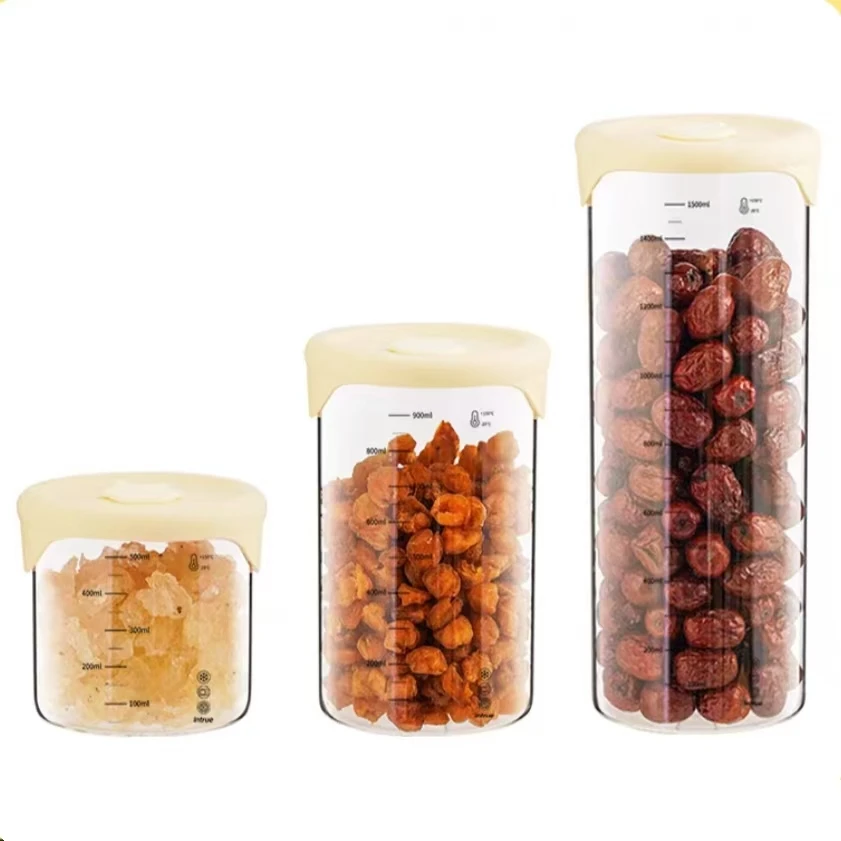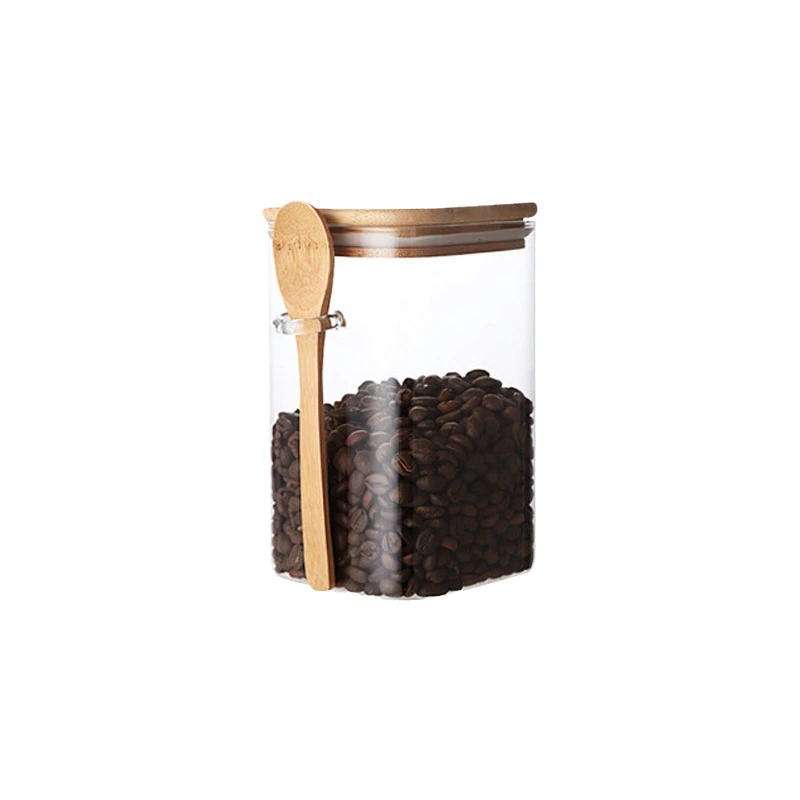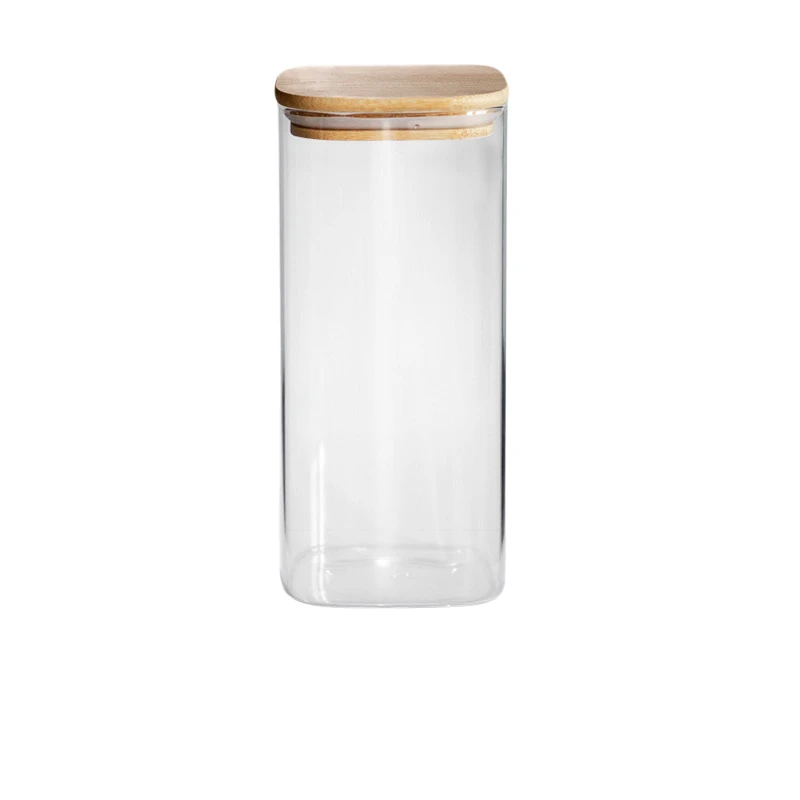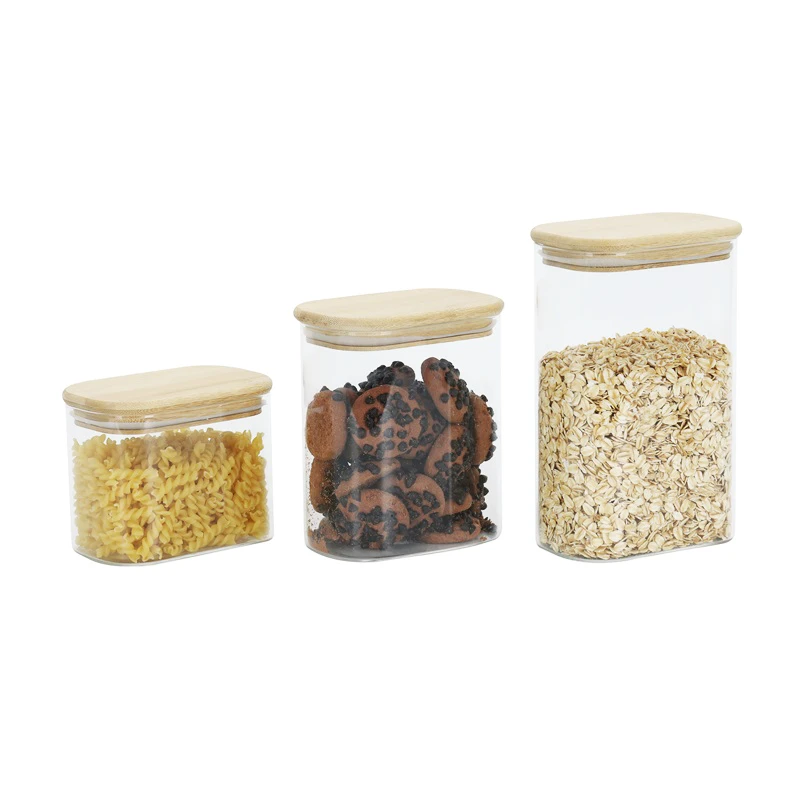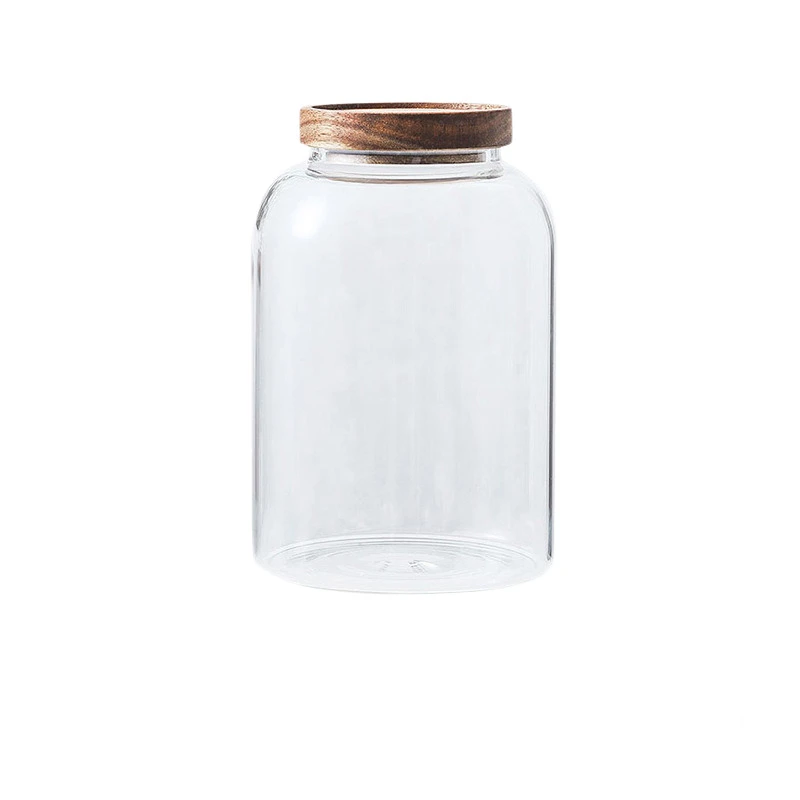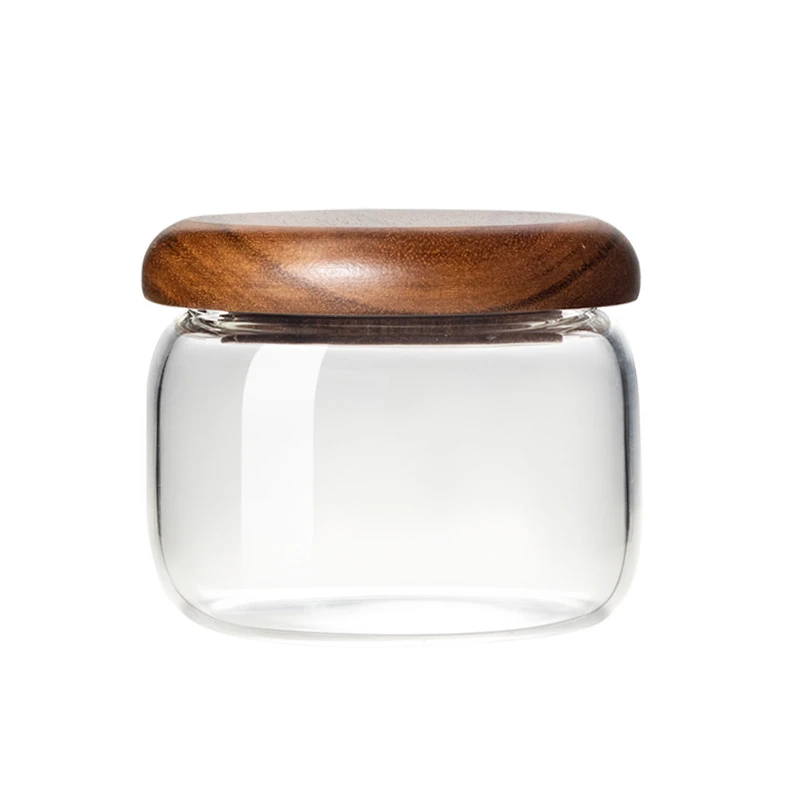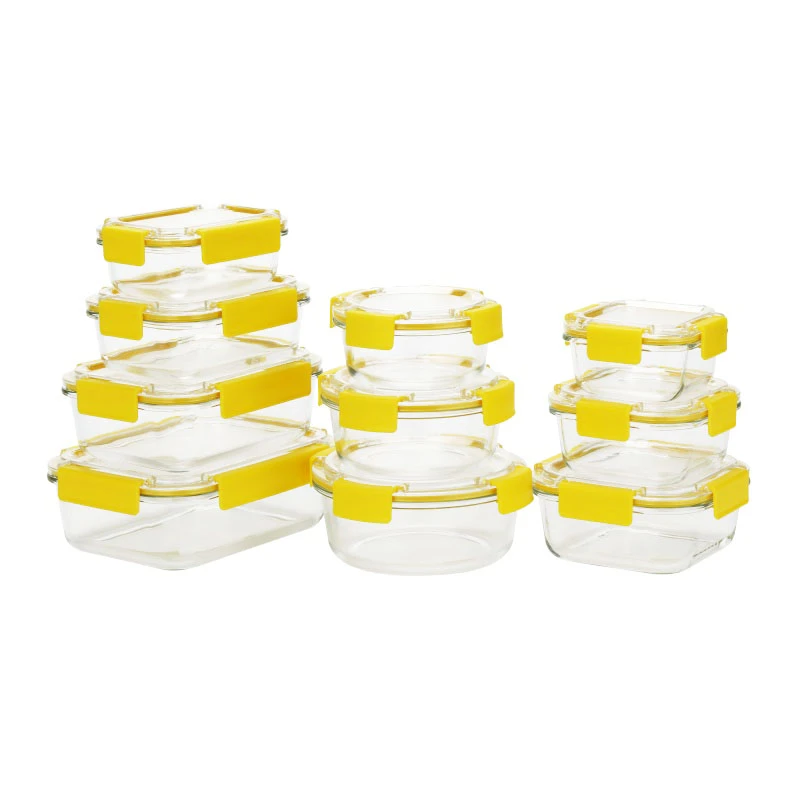 TEL: +86 311 67799298
TEL: +86 311 67799298 Email: tina@yintoglassware.com
Email: tina@yintoglassware.com
Using Glass Baking Dishes Safely on Your Stove Top for Cooking and Baking
The Benefits and Considerations of Using a Glass Baking Dish on the Stovetop
Glass baking dishes are a popular choice for many home cooks, primarily due to their versatility and aesthetic appeal. While these dishes excel in the oven for baking and roasting, they also prompt the question of whether they can be safely used on the stovetop. In this article, we will explore the benefits and considerations of using glass baking dishes on the stovetop, as well as tips for their effective use.
The Benefits of Glass Baking Dishes
1. Non-Reactive Surface Glass is non-reactive, meaning that it won’t react with acidic or alkaline foods. This property makes glass baking dishes ideal for cooking dishes that include tomatoes, citrus, or vinegar, preserving the taste and integrity of your meal.
2. Even Heat Distribution When properly heated, glass distributes heat evenly across its surface. This attribute is particularly beneficial for dishes requiring a consistent cooking temperature, reducing the risk of hotspots that can lead to uneven cooking.
3. Easier Monitoring One of the standout features of glass is its transparency. When cooking on the stovetop, you can easily monitor the progress of your dish without the need to lift the lid, which can help prevent overcooking or burning.
4. Aesthetic Appeal Glass baking dishes can transition from the stovetop to the dining table, making them not only functional but also visually appealing. Their elegant appearance can enhance your presentation, whether you are serving a family meal or entertaining guests.
Considerations When Using Glass Baking Dishes on the Stovetop
glass baking dish on stove top

While glass baking dishes offer various advantages, there are important considerations to keep in mind
1. Heat Safety Not all glass baking dishes are made for direct heat. It is essential to check whether the manufacturer explicitly states that the dish is stovetop-safe. Borosilicate glass, for example, can withstand thermal shock better than standard soda-lime glass. Using the wrong type can lead to shattering or cracking.
2. Temperature Gradients Rapid temperature changes can cause glass to fracture. When using glass on the stovetop, always start with a low flame and gradually increase the heat to achieve your desired temperature. Avoid placing a cold glass dish directly onto a hot burner or vice versa.
3. Stirring and Utensils Use wooden or silicone utensils when stirring food in glass dishes to avoid scratching the surface. Metal utensils might scratch the glass, and over time, these scratches can harbor bacteria or lead to cracks.
4. Weight Considerations Glass dishes can be heavier than their metal counterparts, so it’s important to ensure that your stovetop can support the weight, especially if you are using a large dish filled with food.
Conclusion
Utilizing a glass baking dish on the stovetop can be a game-changer for many home cooks seeking a versatile and functional kitchen tool. While there are specific considerations for safe use, the benefits—such as non-reactivity, even heat distribution, and aesthetic appeal—make it a worthwhile addition to your culinary arsenal. Always remember to check manufacturer guidelines and take precautions to prevent thermal shock. With careful handling, your glass baking dish can serve you well in a variety of cooking scenarios, inviting more creativity and practicality into your kitchen experience.
-
YINTO's colored glass bowls hold stories, not just foodNewsAug.24,2025
-
Exquisite Colored Glass Dinnerware Crafted from Volcanic SandNewsAug.24,2025
-
YINTO's colored glass dinnerware: edible art's canvasNewsAug.24,2025
-
A Blue Glass Dinner Plate with an Integrated NFC ChipNewsAug.24,2025
-
The Ultimate Defense Against Lukewarm RegretNewsAug.24,2025
-
YINTO's double coffee wall cup: A silent thermal revolutionNewsAug.24,2025



